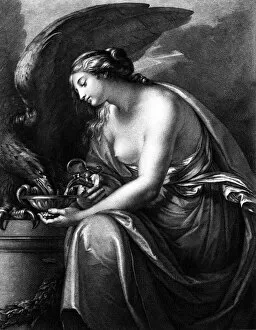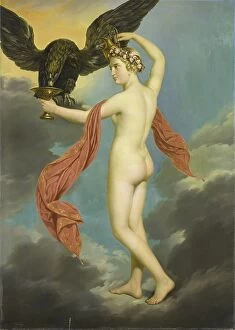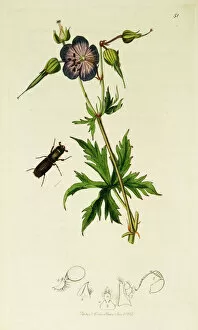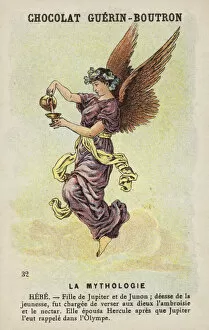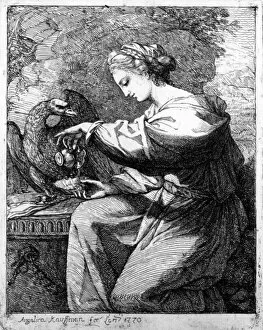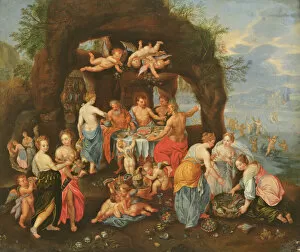Ambrosia Collection
"Discovering the Divine Nectar: Ambrosia Unveiled" In the realm of mythology and art, one name reigns supreme - Hebe
All Professionally Made to Order for Quick Shipping
"Discovering the Divine Nectar: Ambrosia Unveiled" In the realm of mythology and art, one name reigns supreme - Hebe. From Domenico Cunego's exquisite engraving of "Hebe" to the captivating oil on canvas masterpiece "Hebe, 1831, " this goddess of youth and cupbearer to the gods has captured hearts throughout history. As we delve into the world of ambrosia, a celestial delicacy fit for immortals, our journey begins with Long-beaked storks bill and ragwort depicted in Curtis British Entomology Plate 51. These intricate illustrations transport us to a time when nature's bounty intertwined with heavenly indulgence. The allure continues as we encounter "Hebe (chromolitho), " an enchanting portrayal that showcases her ethereal beauty. In "The Birth and Infancy of Achilles, " we witness Hebe's pivotal role in nurturing heroes destined for greatness. Personified through oil on canvas masterpieces, Hebe becomes more than just a deity; she embodies grace itself. The nymphs feeding young Jupiter in Anon's creation from c. 1650 exemplify her benevolence towards all beings. Venturing beyond paintings, mosaic wonders at House of Theseus in Kato Pathos Archaeological Park unveil ancient secrets surrounding ambrosia. These mesmerizing fragments whisper tales passed down through generations about its divine essence. From etchings like "Hebe, 1770" to grandiose scenes like "The Feast of Gods, " artists have endeavored to capture ambrosia's mystique throughout centuries, and is a testament to its everlasting appeal that it continues to inspire creativity across various mediums. Ambrosia remains an enigma—a mythical elixir said to grant eternal life or bestow godlike powers upon those fortunate enough to taste it.

